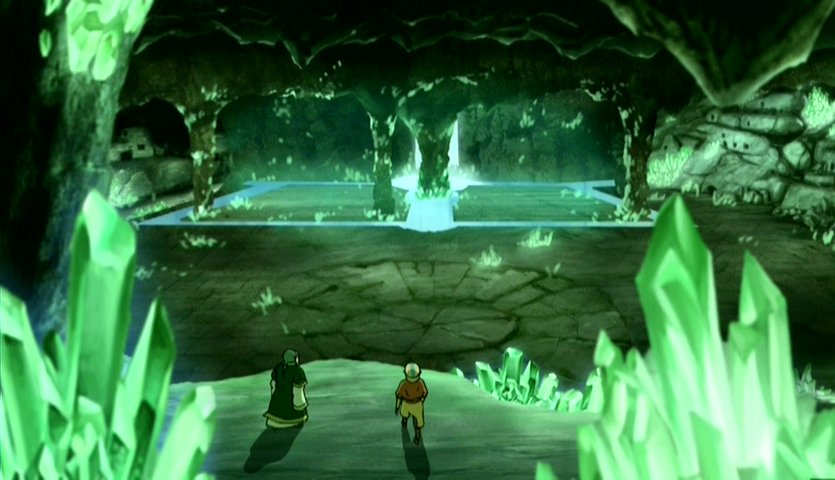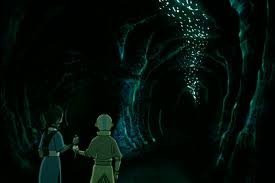I’m designing a solarpunk city for my next novel and am exploring my options for streetlights. On the one hand, light pollution harms wildlife and humans. It also uses energy. On the other, well-lit streets increase the perception of safety. This is not to say good lighting prevents crime. If anything, it facilitates it. Further, you would expect crime to be less in a solarpunk city that prioritizes mutual aid, minimizes wealth disparity, and fights toxic masculinity. However, we should not discount the feeling of danger from darkness.
Personally, I’m male presenting, actively seek out dangerous situations, and have a high tolerance for horror movies. My first inclination is that streetlights should go. That said, once I got caught out at night in the woods. I was immediately terrified. And I had my phone light with me. In short, if a city is not lit, I suspect few people would venture out at night.
1- Mostly Dark-
A city could remove all street lights. People would instead rely on personal lighting: head lamps and flashlights. This would be more efficient and less harmful. Curbs and other critical areas could be marked (not illuminated) by glow-in-the-dark paint or bioluminescent algae or plants. There would be some light from open windows.
2- Lightly Lit-
Streetlights with caps that aim light downward, wavelengths skew into the redder side of the spectrum, and the minimum illumination required to see. Amber light is less harmful. Brighter lights create more shadows. An example of a city using this minimal approach is Canberra, as light pollution would jeopardize local observatories.
3- Cinderella Lighting -
Bright streetlights switch off at a specific time, such as midnight. This would allow people to enjoy some nighttime hours, while leaving others to more natural darkness. This is the scenario I used in my previous solarpunk novels.
Do let me know your preference and awesome ideas.

